A year has passed – what happened to your wishes for 2019?
At the beginning of the year, we wondered about the 2019 wish list of the myrmecological community. Now that a year has passed, eight researchers from seven countries on four continents that had sent us their wish lists shared their reflections on what 2019 brought for them. Their replies range from fact-bound to philosophical, from optimistic to pessimistic, and from exclusively retrospective to also looking into the future …, but read yourself … Happy New Year’s Eve!
Flash interviews compiled by Florian M. Steiner

Cléa S.F. Mariano, Brazil
January
MNB: What are your three top wishes for 2019 as far as ant research is concerned?
CSFM: (1) More studies on the delimitation of ant species using integrative taxonomy techniques.
(2) A better understanding on who is who in ant nests: new information about the mechanisms of interactions between ants and their commensals?
(3) More information about ant karyotypes allowing us to understand how and why chromosome structure changes.
MNB: … your three top wishes outside of ant research?
(1) More children in schools.
(2) Study and work opportunities for women victims of domestic violence.
(3) That we can feel free to be different in our desires and creeds but equal in our life quality and opportunities.
December
CSFM: Here in Brazil, we expected 2019 with impatience and anxiety, hoping for both improvement in the quality of life to the country’s population and better conditions for researchers. But unfortunately for us, this was a year that will be hard to be forgotten … we have gone from fright to unbelief, something like “to jump out of the frying pan into the fire”, although always with hope, since our work contributes to keep us standing.
In Myrmecology, studies and publications on ant chromosomes and parasites contribute to our work at Bahia. We investigate how and mainly with whom certain Neotropical ants live. I hope that in 2020 we will be able to present new and interesting nesting strategies as well as original interactions between ants and invertebrates, as well as new chromosome data. This year, I was positively impressed by the interview on Myrmecological News Blog with Christian Peeters, whose work I greatly admire.
Apart from myrmecology, I think that 2019 was a year in which advances were made in important issues such as violence against women, not only in Brazil, but also in many other countries. This gives us a boost; I think it is important that everyone be awakened so that respect of others and opportunity for life improvement reach everyone.
Mark Wong, United Kingdom
January
MNB: What are your three top wishes for 2019 as far as ant research is concerned?
MW: (1) Substantial knowledge exchange and collaboration between myrmecologists from different scientific disciplines. For instance, some of the recent trait-based approaches in ant ecology could be enhanced with a better understanding of colony sociometry, functional morphology and development, and physiology.
(2) Renewed interest and coordinated efforts to document the natural history of ants! We still don’t know the basic biology of the majority of species in this delightfully diverse group. Let’s collectively document and share our field observations on open platforms (databases, antwiki) and enhance this with media (photo, video). Even if these observations aren’t published formally, they still represent invaluable primary information on these important organisms and their manifold interactions.
(3) More research sampling the diversity of ants in the subterranean environment and focused studies on the ecology of hypogaeic species.
MNB: … your three top wishes outside of ant research?
MW: (1) For the world: improved access to quality education for all.
(2) For science: more research that drives positive change, inspires curiosity, and instills responsibility in human societies.
(3) For myself: more meaningful relationships and new (good) ideas for my PhD.
December
MW: In 2019, I built solid new friendships and strengthened existing personal relationships. Research wise, I wrote up some work from the previous year of my PhD (community ecology in an S. invicta invaded landscape), explored an exciting new system and developed an experiment (more info later), won some research funding, and found new and inspiring collaborators. It was a good year for me, but I certainly don’t take it for granted. One of my wishes for myrmecology in 2019 was for there to be greater interest in the ant assemblages of the subterranean strata. And indeed, I was excited to see relevant papers coming out this year, such as one documenting the astounding diversity in these assemblages (281 ant species from soil extraction in the Neotropics) by Martins et al.; as well as papers describing surprising new species of Crematogaster Hoioishi, Aphaenogaster Bračko et al., and Cryptopone Fernandes & Delabie from soil collections! I was also pleased that Prof. Richard Bardgett highlighted soil biodiversity as an important research frontier during his closing presidential address at the British Ecological Society’s Annual Meeting this year. Thus, I eagerly look forward to more research on the ecology and functions of subterranean ant assemblages in 2020.
One of my personal wishes for 2019 was to have more meaningful relationships and good ideas for my PhD. I am happy to report that I made many new friends when visiting not-so-new-but-very-good-friend Benoit Guenard‘s ant lab this year, such as François Brassard, Sabine Nooten, and Patrick Schultheiss. And our many myrmecophilous discussions have inspired me with tonnes of great ideas for my PhD and beyond.
Heike Feldhaar, Germany
January
MNB: What are your three top wishes for 2019 as far as ant research is concerned?
HF: (1) Get work on wood ant ecology really off the ground, which means get a grant proposal funded and start a European network of people interested in the ecology of wood ants.
(2) Find a person that knows whether ants have a peritrophic membrane or not.
(3) Have more time for ant research!
MNB: … your three top wishes outside of ant research?
(1) Spend more time with my partner and have the time for a bicycling trip.
(2) Be able to still get a ticket for a Borrussia Dortmund game and go to the stadium!!
Other than that I am fine and happy as is!
December
HF: (1) Get work on wood ant ecology really off the ground, which means get a grant proposal funded and start a European network of people interested in the ecology of wood ants. A year has passed – and the grant proposal has still not been submitted. But I spent quite some time recently determining ants (including wood ants) from projects on biodiversity in temperate forests. That was great fun! (In fact, much more fun than spending the same amount of time doing some administrative stuff you have to do as a professor …). Another obstacle was that other grant proposals had a deadline – and we have been quite successful securing money for research on environmental pollutants (such as fine particulate matter from break wear and exhaust or microplastics) and their impact on ants, bumble bees, and other invertebrates.
I have also met a few wood ant researchers I had not met before, which was great – such as Dieter Klimetzek.
So for 2020 – I need to hand in the wood ant proposal!!
(2) Find a person that knows whether ants have a peritrophic membrane or not. I have contacted Johan Billen to get an answer on that question – but even he was not that sure. So we will just have to go on with our experiments with the pollutants and if the ants turn out to be more resistant or tolerant to pollutants, maybe they have one?
(3) Have more time for ant research! Yes – I did have more time for that and I do hope that this will increase further in 2020! Currently, there are also a few 1st and 2nd year students here at the University of Bayreuth who are really interested in ants. So maybe we can start doing small projects with them.
(1) Spend more time with my partner and have the time for a bicycling trip. Well, time seems to stay a sparse thing – but I managed to go on two bicycling trips. One in May that I had to cut short because of really bad weather (or am I getting old that I do not enjoy cycling all day at 2 to 3 degrees in the rain any longer??). The cycling trip in late summer was excellent from Basel / Bale to Southern France into the Cevennes.
So for 2020, it may be an option to plan another bicycling trip in France and visit the IUSSI meeting in Toulouse in August. Taking the train and bicycle would definitely be a sustainable way of getting there …
(2) Be able to still get a ticket for a Borrussia Dortmund game and go to the stadium!! I managed to get a ticket but not in Dortmund – rather at Nuernberg, which is only one hour away from Bayreuth. It was a crappy game ending 0:0 …
So for 2020, I will try and get a ticket for the real thing in Dortmund!
What would I add for 2020? I would love to see some excellent younger myrmecologists to make it in Science so that research on ants stays strong! And hopefully ants will receive more attention again in ecological studies in Europe.
So all the best for 2020 to you all!
Keiichi Masuko, Japan

January
MNB: What are your three top wishes for 2019 as far as ant research is concerned?
KM: Coincidentally, I hope to output three papers (two on Manica and one on Discothyrea) from unpublished data next year.
MNB: … your three top wishes outside of ant research?
KM: I have only one wish outside of research. To exchange my old car for a new one. I’m sorry for a boring answer.
December
Overall, to get a car was much easier than to finish a paper.
Bálint Markó, Romania
January
MNB: What are your three top wishes for 2019 as far as ant research is concerned?
BM: (1) I would really like to see published more than 100 ant genomes in 2019. I think it would help us a lot in our research. This would allow us to address questions until now hard to address and to obtain more precise answers with regards to the social life of ants.
(2) Tiny as they are, but Solenopsis fugax still is a big puzzle in Europe. It would be very nice to know that someone, finally, sits down to solve the mystery around the identities of different S. fugax varieties in Europe. Connected to it: I wish next year there would be a surge in students who want to do faunistics, and, why not, taxonomy in ants. And community ecology included. That would be something of a great achievement. Because with all the equipments and nice questions we need specialists who actually can identify the species we are dealing with. And we need such specialists badly.
(3) And, finally, why not, I wish that our specific journals that treat social insects would thrive next year as well.
MNB: … your three top wishes outside of ant research?
BM: I see many clouds gathering around scientific research: underfinancing, instability of scientific careers, attempts in many countries to cut back possibilities for basic, fundamental research, cutting positions from museums. This is quite a grim picture, and I wish it would lighten up at least a bit next year. We would really need that extra air to breathe. But for long term stability some policies need to change.
December
BM: Has the goal of 100 ant genomes been achieved? As far as I know, it hasn’t been, but there were some new data published (e.g. on Formica exsecta – see Dhaygude et al. 2019 in BMC Genomics), and the advances in the frame of the GAGA project (http://antgenomics.dk/, Boomsma et al. 2017 in Myrmecological News) are very promising, so I am quite optimistic that soon we will reach this milestone.
Are Solenopsis fugax varieties on the way of being decrypted? No, unfortunately not, and I don’t quite know of anyone right now who would consider taking up this challenge. On the other hand, I must admit that there are quite a number of other problematic groups even in the European myrmecofauna, as e.g. the genus Bothriomyrmex, the Formica cinerea complex, mediterranean Temnothorax species, and so on, so Solenopsis fugax is just one of the many puzzles to solve, although, from my point of view, a really interesting one also lifestyle-wise.
Was there increased interest indeed by students in faunistics, taxonomy, and/or community ecology? Actually yes, in faunistics, though, and not in taxonomy. Students seem to be interested more now, at least to my experience, in acquiring species identification skills, although that is less so when it comes to insects, with notable exceptions like butterflies of course. My master degree students were even complaining about the lack of a master degree course on species identification with relevance for nature conservation. So, as a result, we introduced now a practical course on protected and invasive species – the two extremes. Promoting citizen science could also be a key to make people see the importance of faunistics, and then, maybe of taxonomy, although I confess that I am less optimistic about the success of promoting taxonomy without a major institutional help from state authorities – that is, supporting museums, collections etc. The making of good taxonomists takes more than a 3-years grant period, and constant support would be needed in order to keep such dedicated persons right on the track. And by the way good news and faunistics, I am especially happy that in these past years lots of nice books have been published throughout Europe on the ant fauna but also on general myrmecology, like the first book on ants in Hungarian written by my friend and colleague Sándor Csősz.
Has the situation in museums improved? No. Unfortunately, there is not much room for optimism here. As far as I see, things are even getting worse. As is the situation in Hungary, where the Hungarian Natural History Museum, containing several of Central Europe’s most important collections, is planned to be moved from Budapest to another city jeopardizing the integrity and the proper function of the HNHM, while decision makers don’t seem to listen at all to the outcry of the scientific community. But also putting aside this particular case (although it is emblematic) I don’t see any good signs around. It’s a bit of an absurd situation we got into: while biodiversity crisis and species loss are becoming buzzwords or buzz-phrases (rightfully so), the institutional support for keeping up the knowledge required to identification is melting and melting, or at best stagnating, and I think that we have already entered the crisis of taxonomists, and the era of loss of museum curators. And it is really sad. Back in the ‘90s one could find strong myrmecologist groups, especially around museums, but not just, who would publish on faunistics, taxonomy, basic ecology. These are all the fundaments of any further scientific advancement. Actually, we should be extremely worried about the thinning of museum people, as it is like dismantling the fundaments of our own house, while still sleeping in it.
Misato Okamoto, Japan
January
MNB: What are your three top wishes for 2019 as far as ant research is concerned?
MO: (1) Application of RNA interference or genome editing technologies to the study on sex determination mechanisms in ants. This is exactly what I would like to do in 2019.
(2) Development of methods for controlling fire ants and other harmful invasive species. In 2017, fire ants were first discovered in Japan. It is necessary to develop a fire-ant risk management plan and accompanying educational programs for Japanese.
(3) Chemical identification of the poison gland products in Wasmannia auropunctata (little fire ant). I would like to know why such a tiny ant’s sting hurts so much.
MNB: … your three top wishes outside of ant research?
MO: (1) Developments in understanding the role of the human gut flora in health, mental problems, immune system, and diseases. I am really interested in the relationship between human gut microbiota and health. I will continue to check papers and conferences about these researches in 2019.
(2) Discovering anti-viral drugs for Ebola virus. The 3D structure of a central component of the Ebola virus has been obtained in 2018 (https://www.nature.com/articles/s41586-018-0630-0). I hope the finding will help drug development and stop Ebola outbreaks.
(3) Development of an artificial cultivation method for Japanese matsutake mushrooms.
December
MO: About myrmecology: I do research about the sex determination system of ants. In 2019, I spent a lot of time to master the skill of embryo microinjection for functional analysis of candidate sex-determination genes of the ant Vollenhovia emeryi. I am looking forward to checking phenotypic changes resulting from the treatment next year. Today, several genetic and molecular studies (including a study published this year) show the possibility that primary sex determination signals are not highly conserved within the Hymenoptera. I hold hope that the picture of sex-determination systems in Hymenoptera will become clearer in 2020.
About outside myrmecology: I had our second girl baby last month! In 2020, I am hoping for health and happiness of my family.
Ronald Clouse, United States of America
January
MNB: What are your three top wishes for 2019 as far as ant research is concerned?
RC: My (1) main wish for ant research in 2019 is for the continued employment of molecular systematics to clarify the relationships of morphologically difficult groups.
Wishes (2) and (3) are for further advancement in two of my favorite subjects, the biogeography of ants in the Indo-Pacific and the history of Camponotus.
MNB: … your three top wishes outside of ant research?
RC: As for wishes outside of myrmecology, I hope, as always, for (1) the continued good health of my family and friends, (2) the expansion of human freedom, and (3) the invigoration of marketplaces in goods, services, and especially ideas.
December
RC: With regards to my hopes for ant research, 2019 has brought us a great molecular phylogeny for Trachymyrmex (Solomon et al.) and an excellent analysis of ant community assembly in Fiji (Darwell et al.), to name just a couple. Camponotus still receives attention, but still mostly using morphology. With regards to my hopes outside ant research, my immediate family is stronger and healthier than last year, and more Americans are working than ever before, so I am happy with 2019. Old age has taken some loved ones, but we are comforted by them having thrived during one of the most incredible eras of human history; it is difficult to grasp how different everything was in 1926, and in how many different ways our quality of life has improved.
Herbert C. Wagner, Austria
January
MNB: What are your three top wishes for 2019 as far as ant research is concerned?
HCW: (1) Support from the Austrian Science Fund to start working on the evolution of mimicry of Camponotus lateralis.
(2) New records and ideas concerning the parasitic biology of Tetramorium aspina and related species.
(3) Successful working on ants of some Austrian states, especially Styria and Vienna. I hope to determine interesting species, collect good distribution or biological data, and, ideally, produce corresponding publications.
MNB: … your three top wishes outside of ant research?
HCW: Health, peace, and vitality for my family and friends.
December
HCW: (1) Support from the Austrian Science Fund to start working on the evolution of mimicry of Camponotus lateralis. –> The proposal regarding the mimicry project of Camponotus lateralis was rejected by the Austrian Science Found. I will try it again in 2020 and hope to start with the project in 2021.
(2) New records and ideas concerning the parasitic biology of Tetramorium aspina and related species. –> Mixed colony records of a further species pair (Tetramorium moravicum and Tetramorium ferox) and morphological investigations of gynes throw some light on the putative temporary parasitic behavior existing in Tetramorium. Our paper on this topic should be published in 2020. Hopefully, behavior observations will follow one day.
(3) Successful working on ants of some Austrian states, especially Styria and Vienna. I hope to determine interesting species, collect good distribution or biological data, and, ideally, produce corresponding publications. –>The projects are still running. The determination of Styrian ant material is fun, and I will continue this work in 2020. In the end of 2020, distribution maps of Styrian ant should be published. Probably, I will collect ants in Vienna in 2020 again to get more distribution data, and, hopefully, we will start working on our book.

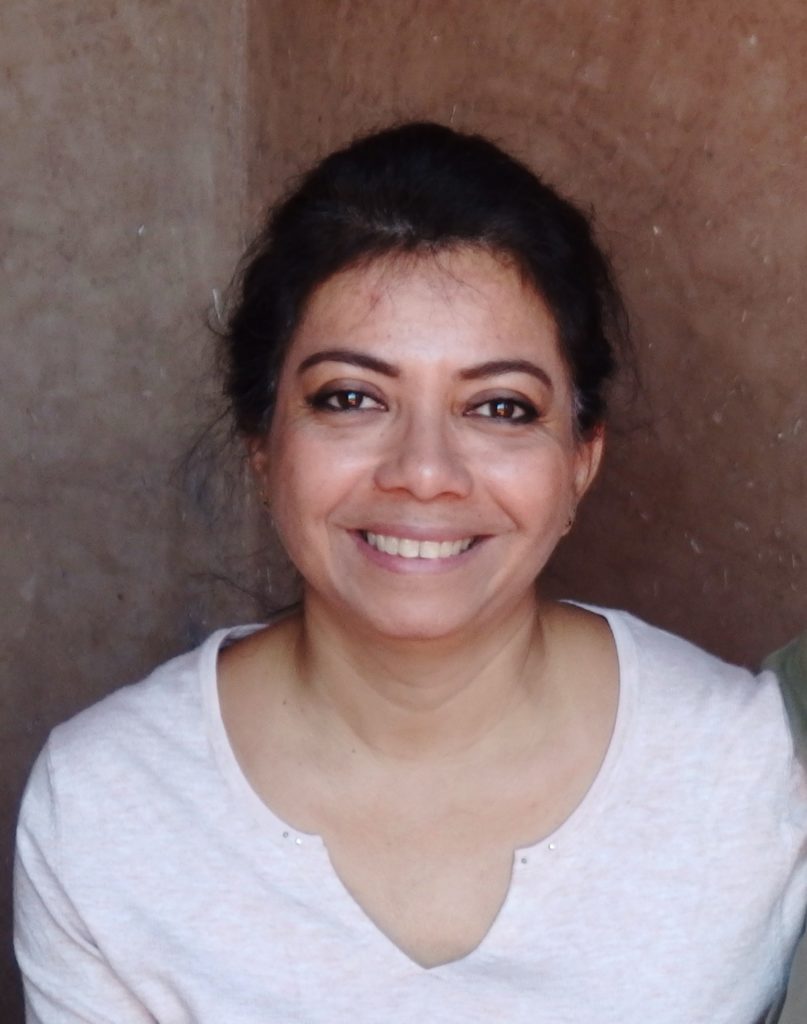
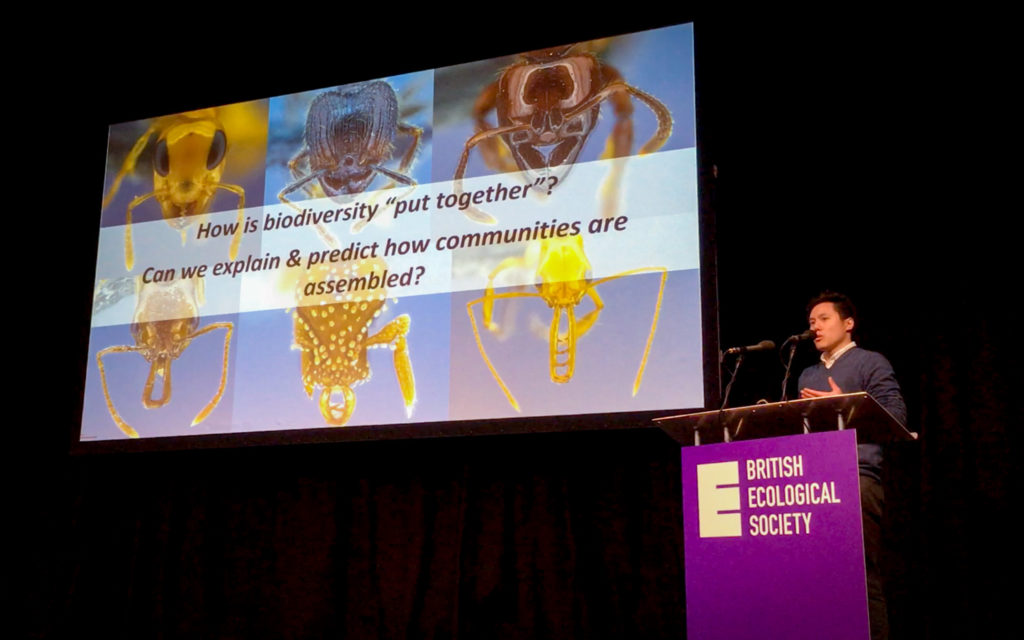
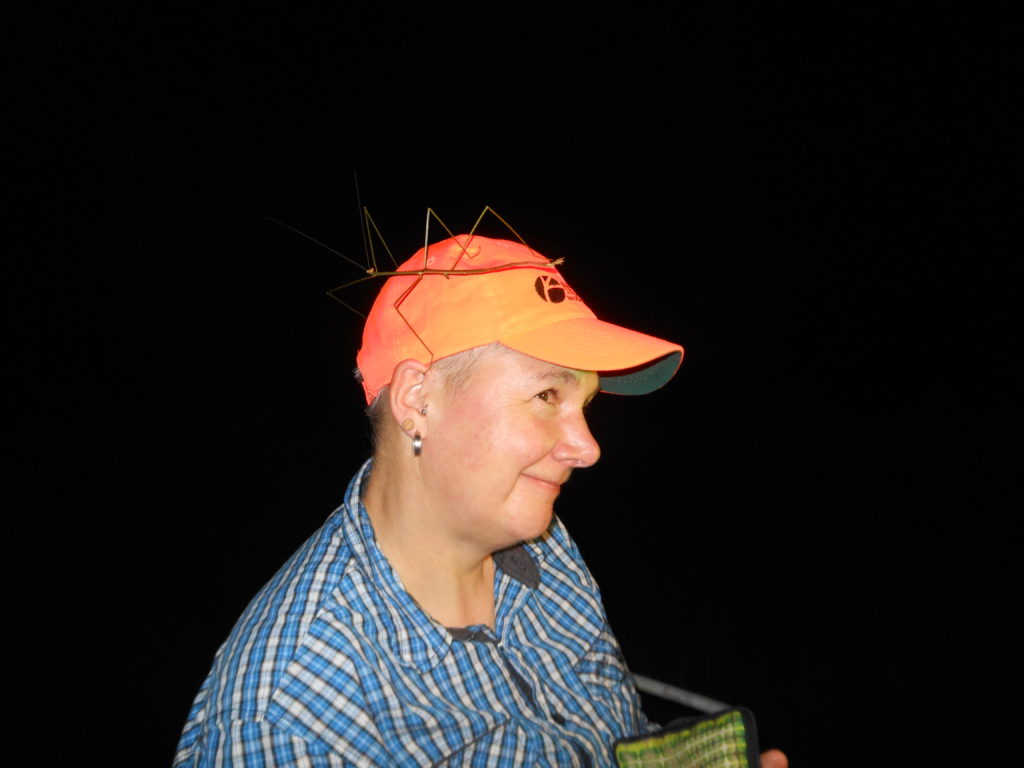
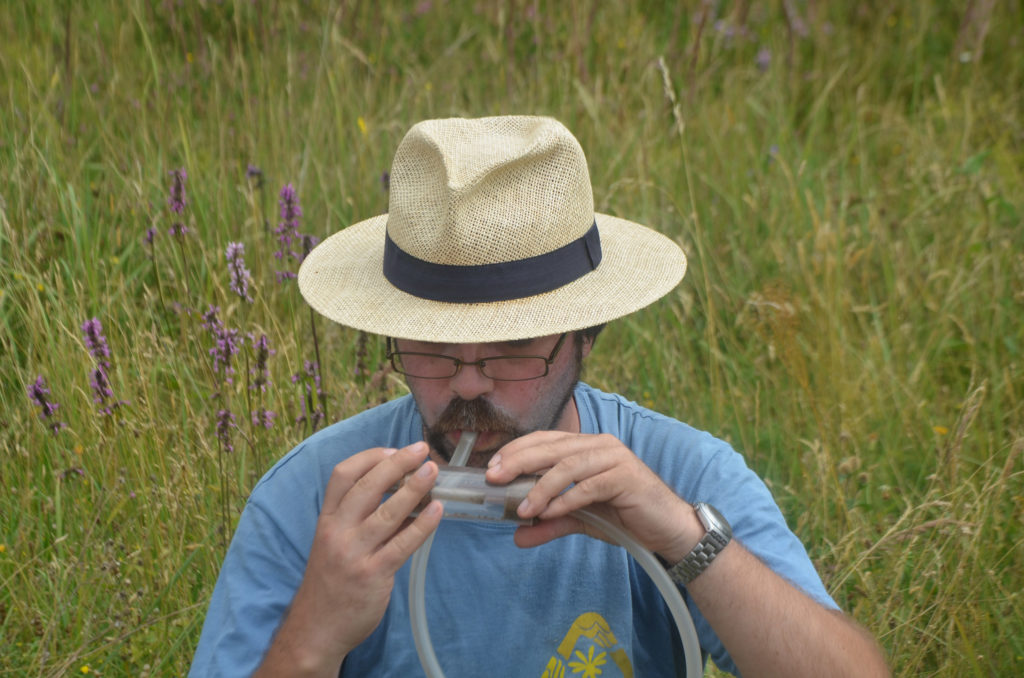




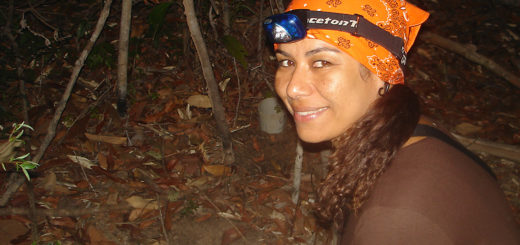


Recent Comments